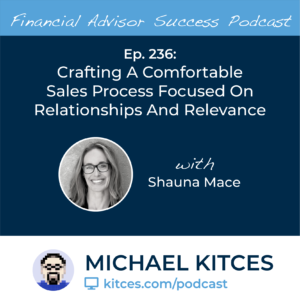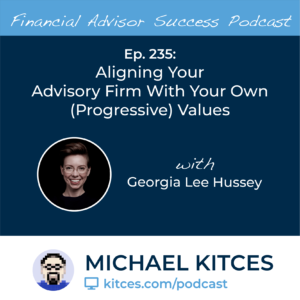We’re all aspiring to grow into better advisors, with more clients, better niches, or bigger firms, but sometimes realizing that growth can be another challenge entirely. When we’re looking to grow, we may look to the most successful advisors, but feel that we can never truly emulate them due to a lack of time, networking, development know-how, or any other resources. In reality, those ultra-successful advisors have one secret weapon: mindset. Advisors who have a growth mindset, rather than a fixed one, are the ones most likely to see results!
Rather than having an exclusive growth mindset or fixed mindset, though, most of us tend to flex somewhere between a fixed and growth mindset. Whereas a fixed mindset tends to avoid challenges and criticism, ultimately plateauing more often than not, a growth mindset will embrace challenge and criticism, persisting through setbacks to reach increasingly higher levels of achievement. Therefore, in order to succeed, advisors can start by focusing on developing a growth mindset as an attainable goal, and cultivating the habits that sustain high performance in order to get there.
Importantly, high performance is not about grinding one’s way to success no matter the cost; instead, it’s more about sustainable success and achieving a lot without sacrificing too much. Accordingly, the key to high performance is in finding a balance between reaching goals and sustaining well-being and healthy relationships, which is supported by six primary attributes that are characteristic to help them efficiently overcome the roadblocks that come their way: clarity, energy, purpose, courage, and productivity.
To start, advisors can take a closer look at what may be holding them back. For example, many advisors fall into the ‘busyness’ trap, citing lack of time as their primary reason for not growing. Another common pitfall is a negative association with sales. Many advisors enjoy the art of financial planning and/or investment management and making a difference in others’ lives, but they shy away from the sales aspect. Lastly, and perhaps most critically, advisors can run into subconsciously limiting beliefs.
Each of these roadblocks is a common challenge faced by many advisors. To overcome these challenges, advisors can start by conducting a high-performance audit to help them identify their subconscious limiting beliefs (which we all have!) and assess their strengths. From there, a roadmap can be developed to bolster their most impactful key strengths and to develop weaknesses, one by one.
Ultimately, for financial advisors who have adopted a growth mindset, getting stuck is just part of the growth cycle. Getting past setbacks generally starts with self-understanding, having a clear purpose, developing a sustainable action plan, and committing to the courage and focus needed to implement the plan. The great news is that advisors who take the time to find and address their weaknesses, pivot, and create sustainable plans of action to resolve one weakness can reuse these principles again and again, to eventually reach their goals—and even to exceed them!

 Welcome back to the 236th episode of the Financial Advisor Success Podcast!
Welcome back to the 236th episode of the Financial Advisor Success Podcast! Welcome back to the 235th episode of the Financial Advisor Success Podcast!
Welcome back to the 235th episode of the Financial Advisor Success Podcast!
